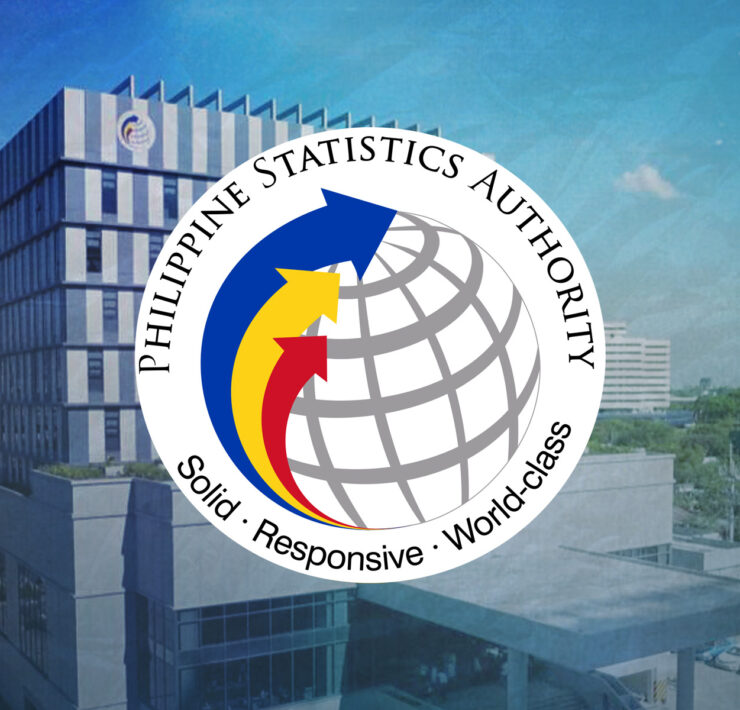Trade deficit widened as imports surged in March

The Philippines posted its widest merchandise trade deficit in two months in March as imports recorded their fastest growth in nearly a year, beating the modest expansion in exports.
And the ongoing US trade war may offer “mixed effects” for the country, an analyst said.
Preliminary data from the Philippine Statistics Authority (PSA) showed that the country’s trade gap had amounted to $4.1 billion in March, 23.1 percent bigger than the shortfall recorded a year ago. This was the widest trade deficit since the $5.1-billion gap registered last January.
That the country continued to post a trade deficit means it spent more dollars on imports than it earned from export sales. In the first quarter, the trade shortfall reached $12.7 billion, larger by 12.4 percent.
Figures showed that imports had jumped by 11.9 percent to $10.7 billion. That was the highest growth in imports since the 13.2-percent clip in April 2024.
State statisticians reported that purchases of capital goods and raw materials had increased by 12.2 percent and 22.4 percent, respectively, while inbound shipments of consumer goods surged by 25.8 percent.
The higher bill for those products offset the 23.1-percent contraction in energy imports amid a decline in global oil prices, as the ongoing US trade stoked expectations of weak demand for fuel.
Meanwhile, export sales grew by 5.9 percent to $6.6 billion in March. Receipts from outbound shipments of electronic products, the country’s top export product, inched up by a measly 0.9 percent following a 3.8-percent drop in demand for semiconductors.
“The wider trade deficit in March reflects stronger import demand driven by higher input purchases … as firms ramp up activity,” said John Paolo Rivera, a senior research fellow at state-run think tank Philippine Institute for Development Studies.
“While export growth is encouraging, it’s still outpaced by the faster expansion in imports, signaling a domestic demand-driven recovery,” Rivera added.
Moving forward, Rivera said the Philippines could see both gains and losses amid the ongoing tariff war.
“On one hand, we may benefit from trade and investment diversion as firms seek alternatives to China, positioning the Philippines as part of regional value chains,” he said.
“On the other hand, if global demand weakens due to heightened protectionism, it could temper export momentum, especially in electronics and intermediate goods,” he added.





















